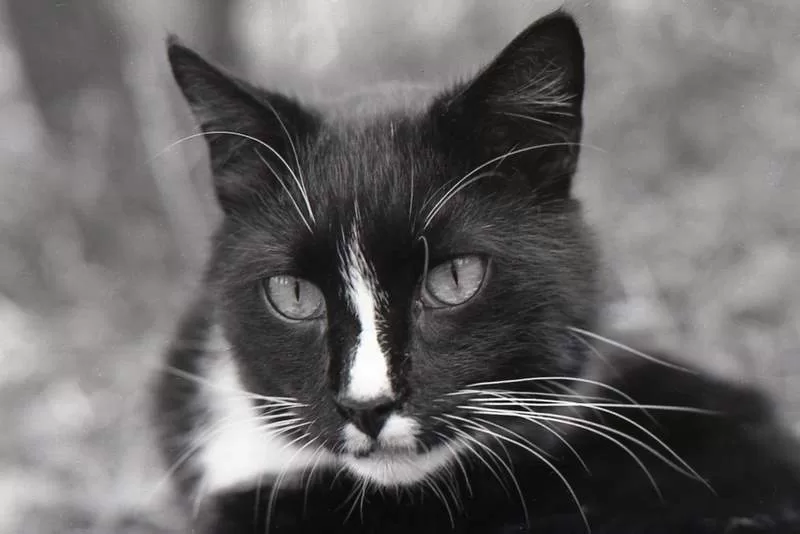There’s a certain point you get to, in middle age or thereabouts, where you start asking yourself questions about times gone by. And if those times are far enough gone by, it can be hard to get answers, because there’s no one left who can give you any. My mother died a couple of years ago, at age 88, and it’s only been in the last little while that I’ve realized that with her gone, there’s no one left for…...

